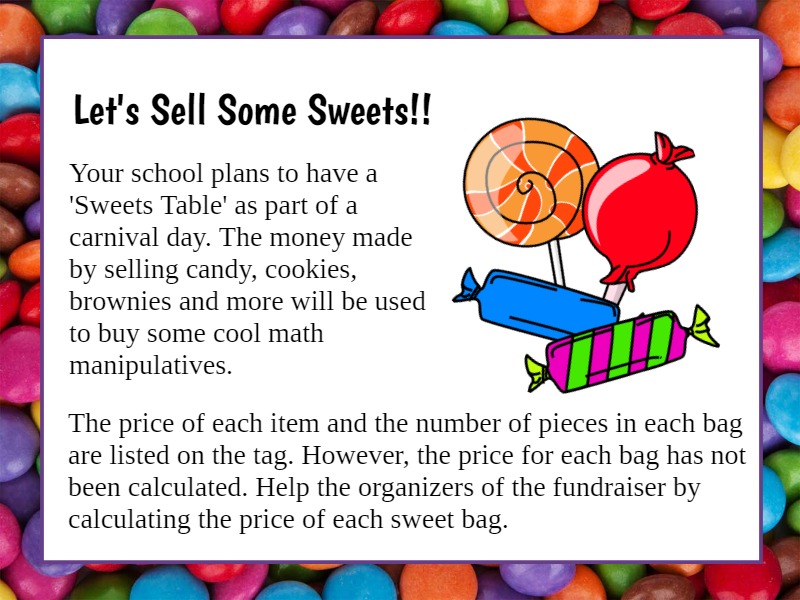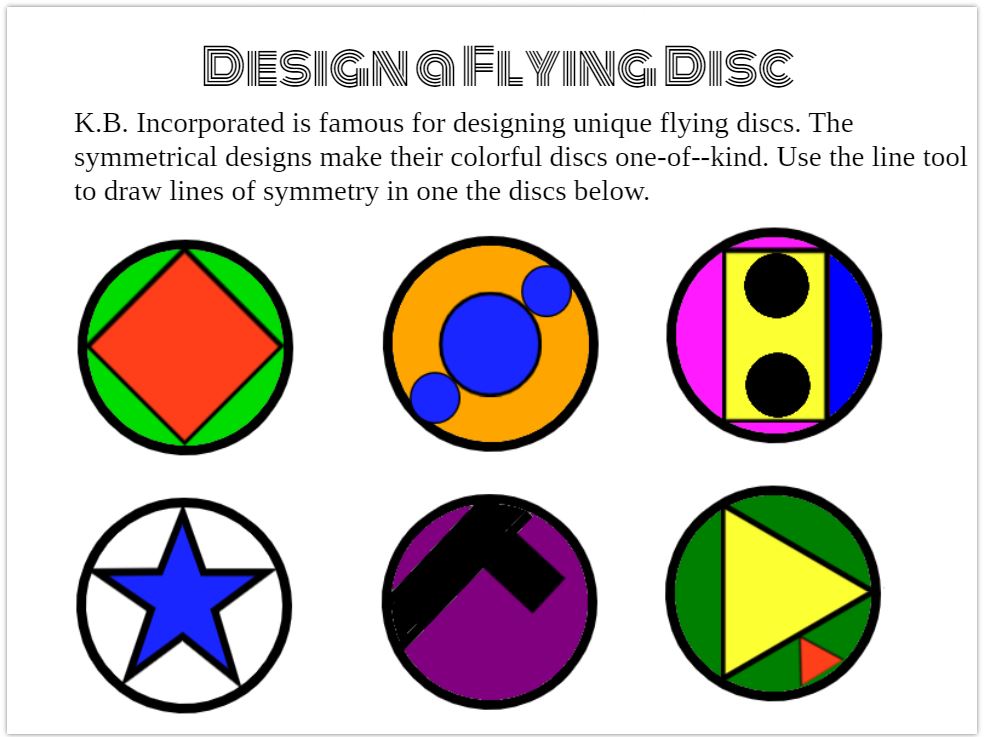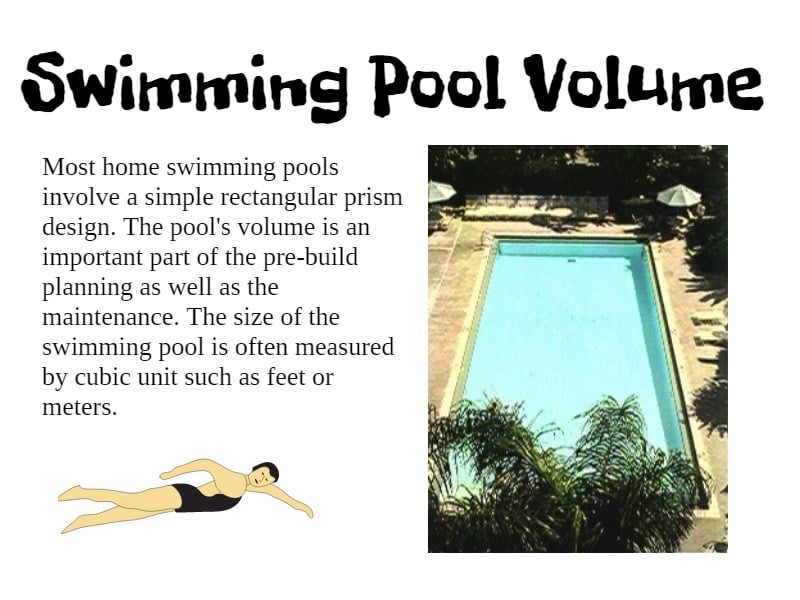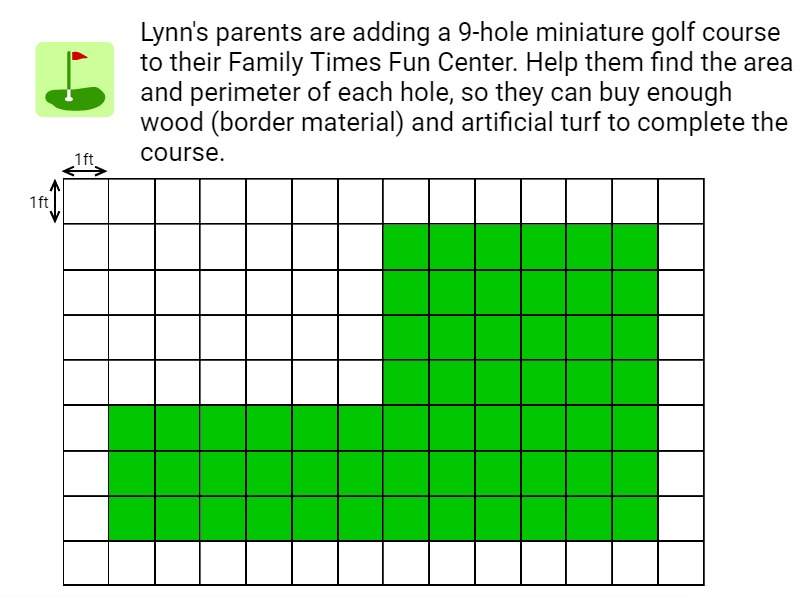Third graders are targeted to fluently multiply and divide within 100 by the end of the school year. Although this could be accomplished using flashcard-style activities, students need, and want, to apply this skill meaningfully. This template is designed as a simple application of their computational skills with an added component for students to explain their problem solving strategies.
Editor's Note: This blog is part of a series of posts from former math specialist Scott Loomis on the real world math templates he has created for Wixie and how you can use and modify them for your own awesome performance tasks. You can read the backstory on his experience and expertise below.
Read More




